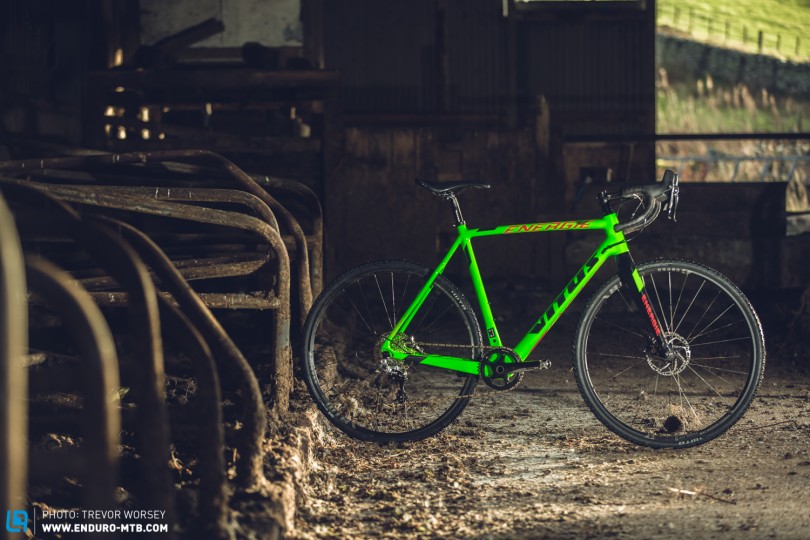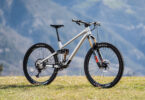In part one of our exposé of the mysterious and zany world of Cyclocross racing we found out what Cyclocross actually is, now it’s time to check out more about the bikes. For the first time observer, you could be forgiven for thinking that a Cyclocross bike is simply a road bike in heavy boots, but it turns out there’s a lot more to it than that.
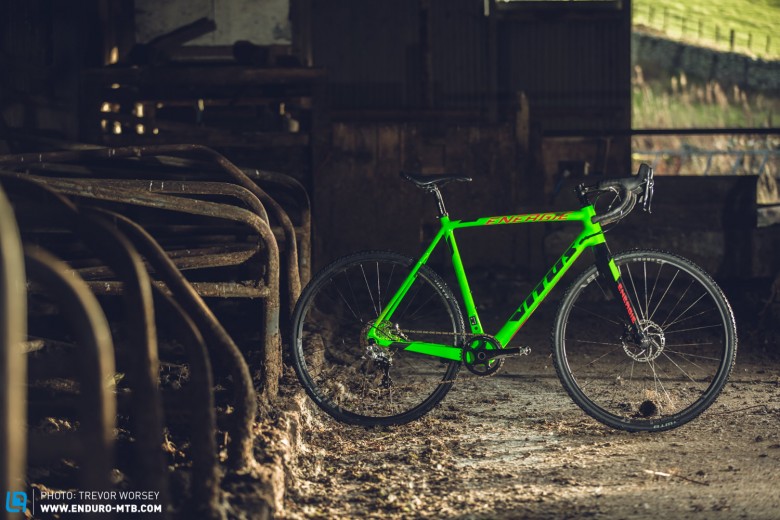
What makes a Cyclocross bike different from a road bike?
So it’s a road bike with nobbly tyres right? Wrong! Most Cyclocross bikes are a lot burlier than their anorexic road equivalents, designed to take more of a beating. Also, a Cyclocross position is less focused on full on aerodynamics and more on control and handling. As such the entire frame will be a little slacker, with higher bars and a shorter top tube to keep the rider in a more upright position for maximum control. Cyclocross bikes also have longer wheelbases for increased stability, and to build in the necessary mud clearance.

Spin to win, Cyclocross bikes have lower gearing too!
Cyclocross gears tend to be lower than those found on a road bike as you never reach the same speeds unless you have legs like cannons, with lower gears to help punch up the short steep climbs. Traditionally you would find a 46/36T double on a Cyclocross bike, paired with a wide range cassette to give a good spread of mud plugging gears. However, just like in MTB there is a growing movement towards the simple and light 1x transmissions. Using a wide range 11-speed cassette and a 40T or 42T chainring allows 1x bikes to achieve almost the same range as bikes with doubles and saves a lump of weight, with less to go wrong!
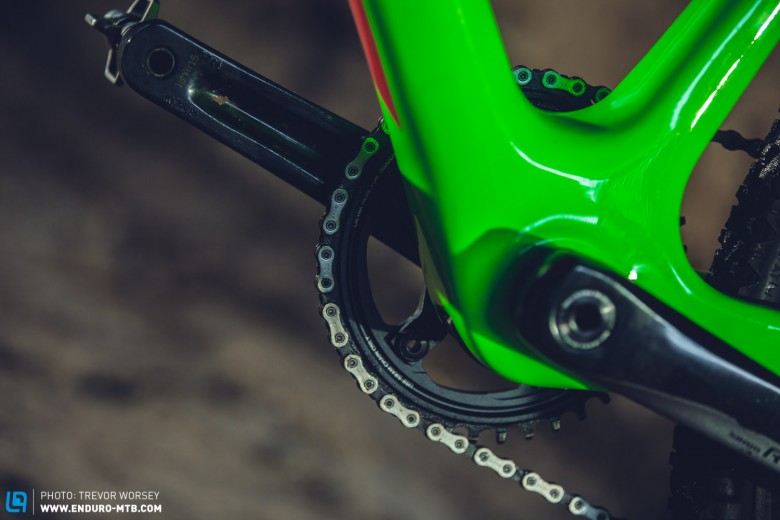
On a Cyclocross bike exposed cables are a no-no!
Many road bikes have exposed shifter cables running down their down tubes, this would be as much use an ejector seat in a helicopter in a grimy cross race, so most cyclocross bikes use either internal cabling or full cable outers to the rear mech. This keeps maintenance down and stops the relentless barrage of mud grinding you to an unglamorous halt, and also makes it more comfortable when you sling it over your shoulder.

Do you miss the old style Cantilever brakes? No, neither do we!
Up until very recently most Cyclocross bikes ran cantilever brakes as they were both lightweight and offered great mud clearance, but since 2013 when the UCI made disc brakes legal, many are now making the switch to the more powerful alternative. Disc brakes offer more modulation and crisper, more effective braking in those brief moments where there is traction. This has also meant a shift towards thru axles to provide a more rigid connection between the wheel and frame, maximising braking performance. Cheaper bikes may run mechanical discs, but hydraulic discs are now much more affordable and finding their way onto bikes at all price points
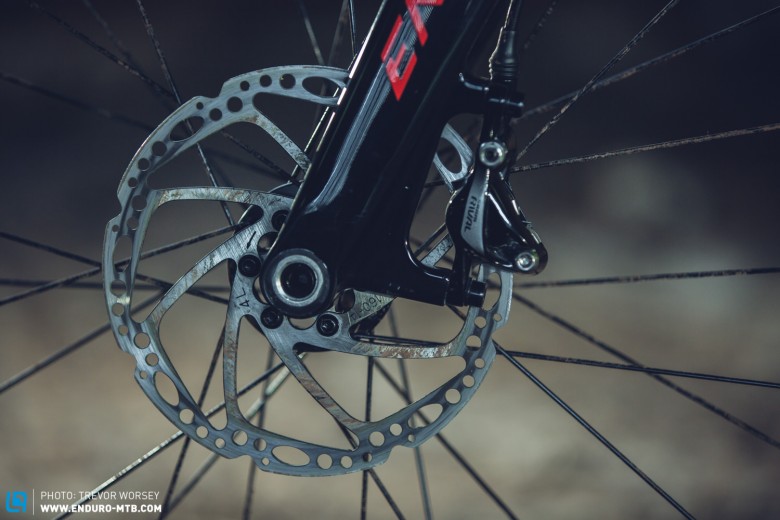
Mud clearance is key!
On a road bike you would be hard pushed to squeeze an atom between the frame and tyre, but that’s no good when you are knee deep in mud. Frame clearance around the tyres is a lot higher on cross bikes to reduce mud build up and allow you to run chunkier rubber. Most serious racers run 33 mm tyres as these are the upper width limit the UCI has set, but many bikes are shipped with 35 mm tyres for added comfort and grip. Those who aspire to stand on the top step will normally run treaded tubular tyres (imagine an inner tube and tyre combined and glued to the rim) as they can be run at low pressures for more grip, but recently tubeless clinchers (like on an MTB) have been growing in popularity. Most racers will have both fast rolling ‘file tread’ tyres for the good days, and a set of more aggressive mud tyres for when the conditions are not so good, but in our experience so far there will always be mud!
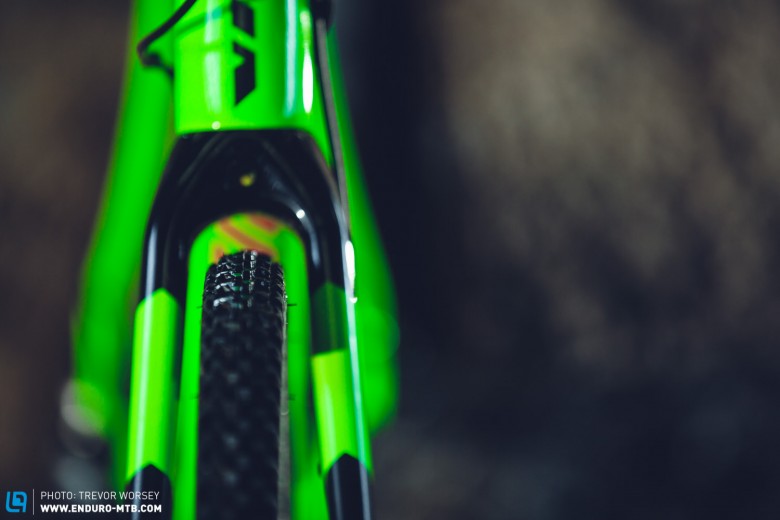
ENDURO magazine will be racing in a number of Scottish Cyclocross races in January on the lairy green Vitus ENERGIE PRO. We chose the Vitus as it ticks all the boxes at a great price point; with a full carbon frame, 1x drivetrain and hydraulic brakes for only €1999. Next week we will look at the kit you need for a Cyclocross season – Stay tuned for Part 3.

Words & Photos: Trev Worsey
Did you enjoy this article? If so, we would be stoked if you decide to support us with a monthly contribution. By becoming a supporter of ENDURO, you will help secure a sustainable future for high-quality mountain bike journalism. Click here to learn more.



